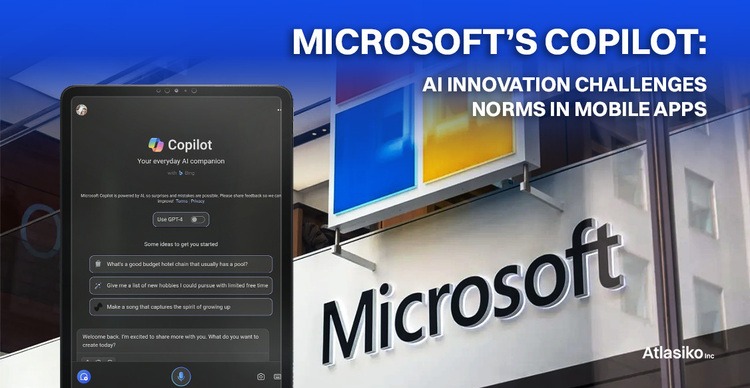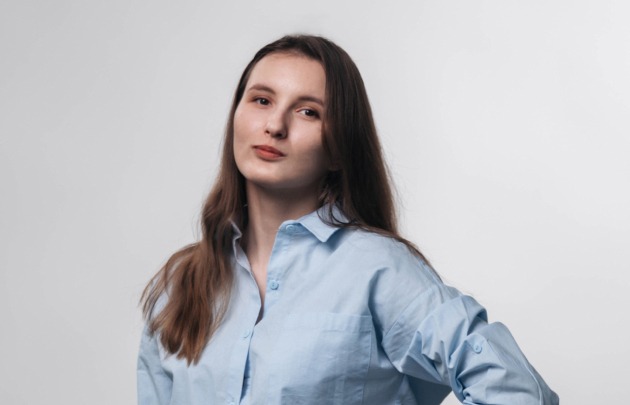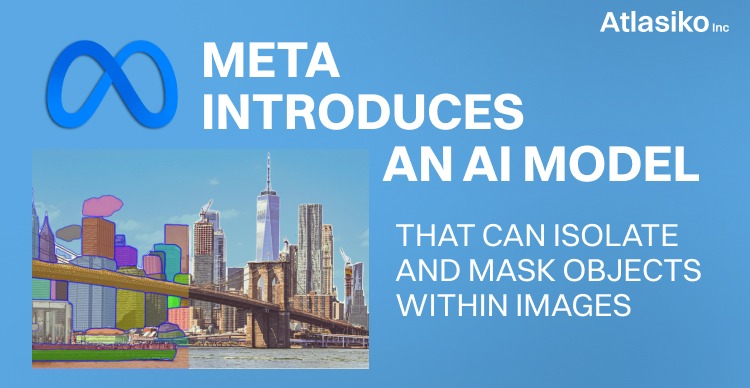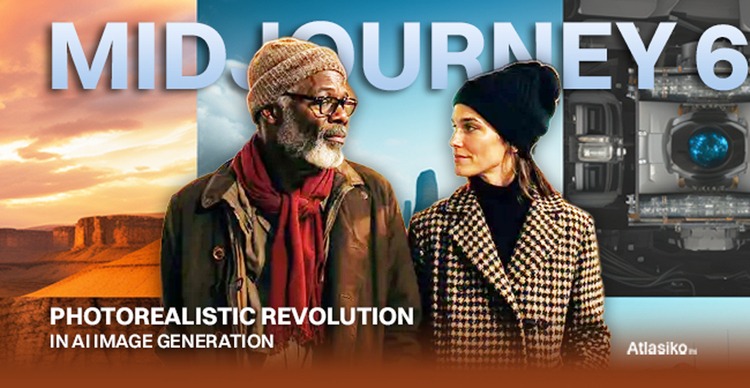Yesterday Meta announced the release of an AI model called Segment Anything Model, or SAM, which provides users with the capability to isolate individual objects from within images with great accuracy. With this launch, the company joins the trend of implementing artificial intelligence which started with the release of Microsoft-backed OpenAI's ChatGPT chatbot. Since the technology became a sensation last year, there has been a wave of investments in AI breakthroughs. Meta surely doesn’t want to fall behind the big tech companies that have been racing to dominate the field.
Presumably, incorporating "creative aids" of generative AI into Meta's apps will be a this-year priority for Meta, according to the CEO, Mark Zuckerberg. The SAM announcement just shows the results of efforts and work being conducted on the matter.
The company’s solution, SAM, is able to identify objects in photos and videos even if it has not been trained on those items before. Users can isolate different parts or particular items by clicking on them or writing text prompts. The photo segmentation tool then responds by outlining the chosen or prompt-relevant things.
Meta already uses technology based on computer vision, which is similar to SAM, for tagging photos, moderating prohibited content, and determining which posts to recommend to users of Facebook and Instagram. The release of SAM will broaden access to that type of technology.
The corporation also released the accompanying dataset of image annotations called “SA-1B”. It is the largest ever of its kind, according to the company's research division, as it contains 11M licensed images and 1.1B segmentation masks.
The SAM model and dataset are available under a non-commercial license. You can find the code and the demo version of the tool on GitHub. Users uploading their own images to the accompanying prototype must agree to use it only for research purposes.
Summing up, we can guess that SAM isn’t the last AI solution presented by Meta. The organization’s course on fully employing the technology and using it to enhance other tools like apps based on computer vision, in this case, is clear. Even though SAM is in its demo version for now and seems to be just a fun tool, experts see the capabilities of using it in important fields like aid for scientific studies, web page content recognition, AR applications, etc.
SAM isn’t the first solution that uses AI technology for image editing. Previously we explored the Firefly generative AI presented by Adobe. Find out more about its creative features in our news.
The Runway company took AI capabilities even further by developing a unique video creation system powered by artificial intelligence. The announcement has happened just recently, so read our take on it to stay up to date with all the generative AI innovations.







